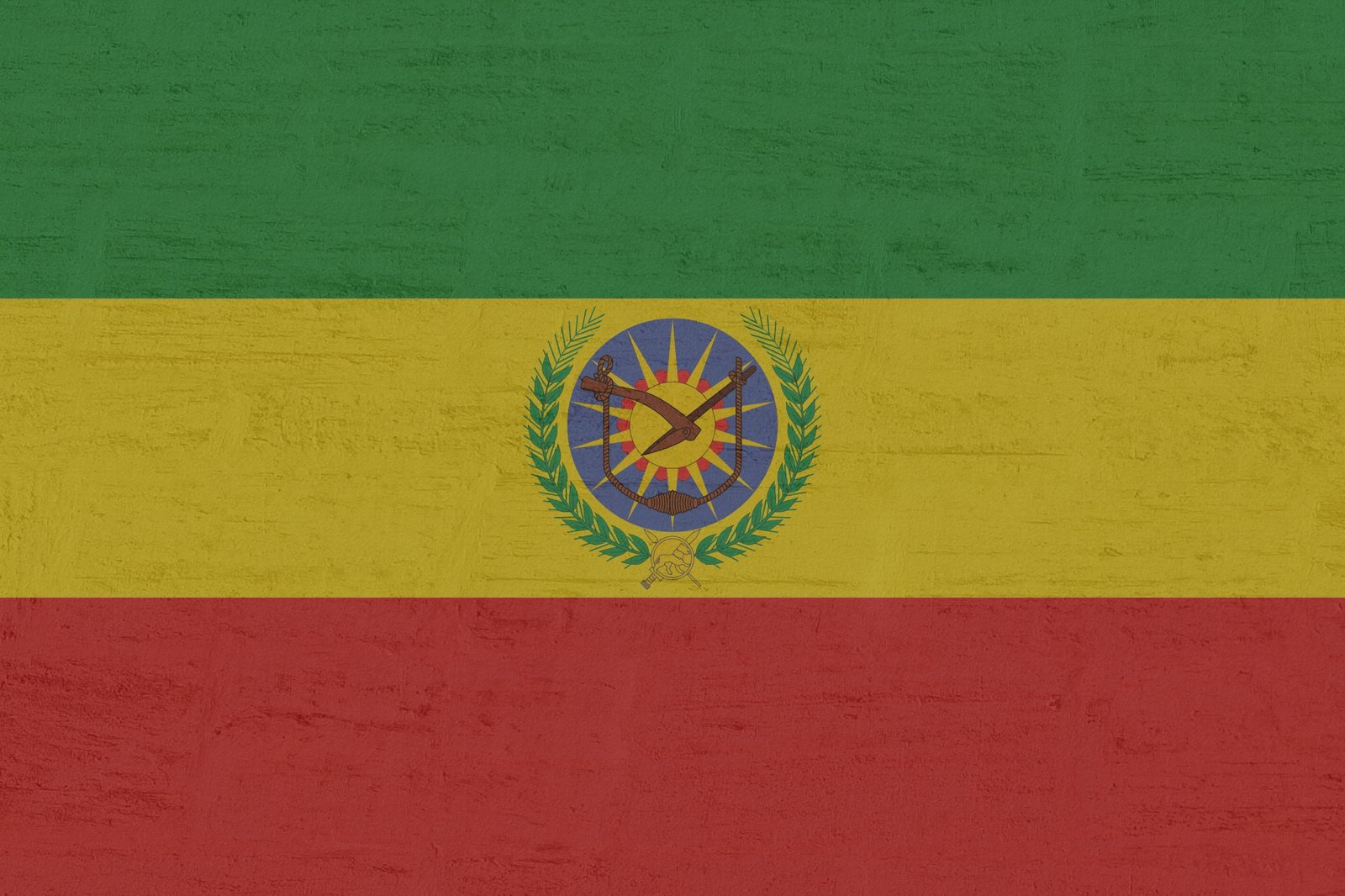One country still uses a 13-month calendar defying the global norm. Discover why Ethiopia’s unique calendar works, how it came to be, and what makes their timekeeping system so fascinating.
The Country with 13 Months in a Year And Why It Works
Imagine a place where the year is 7–8 years behind the rest of the world, where the New Year begins in September, and where the calendar has 13 months instead of 12.
Sound like science fiction?
It’s not.
Welcome to Ethiopia the East African nation that runs on its own unique calendar, and yes, it really works.
Ethiopia’s Calendar: 13 Months of Sunshine
While most of the world uses the Gregorian calendar (introduced in 1582 by Pope Gregory XIII), Ethiopia follows the Ethiopian calendar, which is:
7–8 years behind the Gregorian calendar
Composed of 13 months
Still widely used officially and culturally across the country
And here is the fun part:
Ethiopians proudly say they enjoy “13 months of sunshine.”
How Does It Work?
The Ethiopian calendar is based on the ancient Coptic calendar, which itself derives from the Egyptian solar calendar.
Here’s how it breaks down:
12 months with 30 days each
A 13th month, called Pagumē, with 5 days (or 6 in a leap year)
The Ethiopian New Year starts on Meskerem 1, which usually falls on September 11 (or 12 in leap years) in the Gregorian calendar
So while the rest of the world may be celebrating January 1st, Ethiopians start their year months earlier with traditions, music, and flowers.
Why Is Ethiopia’s Calendar Behind?
The discrepancy in years stems from differences in calculating the birth of Christ.
The Gregorian calendar (used by most of the world) places Christ’s birth in 1 AD.
The Ethiopian calendar, however, places it 7–8 years later, based on older religious interpretations.
As of 2025 Gregorian, Ethiopia is still in the year 2017 or 2018 (depending on the month).
Time travel, anyone?


Cultural and Practical Use
Unlike some ancient calendars that are only symbolic today, Ethiopia’s 13-month calendar is alive and well, used in:
Government documents
Education and schools
Banking and legal systems
Religious observances
Daily conversation
Ethiopians often write both the Ethiopian and Gregorian dates on official papers to align with the rest of the world.
Why It Still Works So Well
Here is why Ethiopia’s calendar system has stood the test of time:
Consistency
Every month has 30 days (no more figuring out which months have 28 or 31!)
Cultural identity
It reinforces Ethiopia’s unique heritage and independence it is one of the few African countries never fully colonized.
Agricultural relevance
The calendar aligns with Ethiopia’s seasons and farming cycles.
Religious tradition
The Ethiopian Orthodox Church remains a strong influence, and its calendar underpins many annual events and holy days.
A Calendar That Makes You Rethink Time
In a globalized world where time zones, leap years, and daylight saving confuse even the best of us, Ethiopia’s calendar seems…..refreshingly logical.
It reminds us that the way we track time isn’t absolute it is cultural, historical, and sometimes, political.
Time is not just what’s on your watch. It is a worldview.
Did You Know?
Ethiopia is not the only culture with a non-Gregorian calendar Iran, Nepal, and Thailand all use alternative systems alongside Gregorian time.
In Ethiopia, the Christmas holiday is celebrated on January 7, aligning with the Julian calendar.
The 13th month, Pagumē, is often treated like a “bonus” month some workers are even paid an extra salary day for it!















